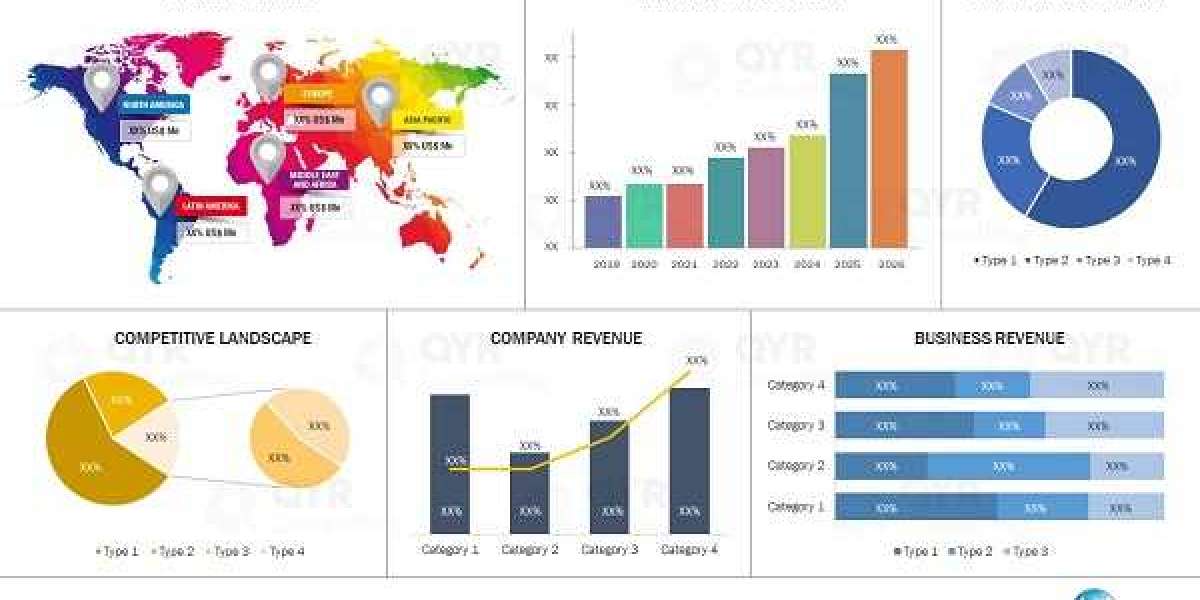Semiconductor Gases Market size was valued at USD 10.05 Bn in 2023 and is expected to reach USD 16.46 Bn by 2030, at a CAGR of 7.3%.
Semiconductor Gases Market Overview
The total global market for the “Semiconductor Gases Market” was valued at USD 10.05 Bn. in 2023 and is expected to grow at a CAGR of 7.3% percent over the forecast period to reach USD16.46 Bn. by 2030. The report analyzed by Maximize Market Research, on the Semiconductor Gases market, covers an extensive regional analysis and competitive landscape.
Request free sample: https://www.maximizemarketresearch.com/request-sample/243111/
Semiconductor Gases Market Report Scope and Research Methodology
The Market Report on Semiconductor Gases provides a detailed view of its scope and research methodology. It includes both qualitative and quantitative assessments, examining market dynamics, trends, motivating factors, difficulties, and chances for growth. The research approach integrates primary and secondary research methods, including interviews with industry specialists, market surveys, and data analysis from reputable sources. This method guarantees a comprehensive analysis of the Semiconductor Gases market, delivering valuable information to stakeholders.
Regional analysis of the Semiconductor Gases market conducted at local, regional and global levels. The report also provides information on the emerging regions that are expected to be major markets for the Semiconductor Gases market. The report includes primary and secondary collection techniques with qualitative and quantitative approaches for the analysis of the Semiconductor Gases market. SWOT analysis is used to identify the threats and weaknesses of the market while PORTER is used to understand the competitive intensity of the industry in the Semiconductor Gases Market.
Semiconductor Gases Market Regional Insights
Regional analysis is conducted to assess the status of the Semiconductor Gases market in countries belonging to North America, Europe, Asia Pacific, Latin America, the Middle East, and Africa. The report provides a comprehensive analysis of several factors such as market size, growth rate, and import-export activities, across different regions. The Semiconductor Gases market is segmented broadly into these regions, allowing for a detailed understanding of the market landscape and dynamics in each geographical area.
Request free sample: https://www.maximizemarketresearch.com/request-sample/243111/
Semiconductor Gases Market Segmentation:
by Process
Chamber Cleaning
Oxidation
Deposition
Etching
Others
by Application
PCBs
Displays
Solar (PV)
LED
Others
Semiconductor Gases Market Key Players:
1. Air Products and Chemicals, Inc. (U.S.)
2. American Gas Products (U.S.)
3. Electronic Fluorocarbons, LLC (U.S.)
4. Matheson Tri-Gas, Inc. (US)
5. Airgas, Inc. (United States)
6. Air Liquide (France)
7. Linde plc (U.K.)
8. Solvay (Belgium)
9. Messer Group (Germany)
10. Iwatani Corporation (Japan)
11. SUMITOMO SEIKA CHEMICALS CO., LTD. (Japan)
12. Taiyo Nippon Sanso JFP Corporation (Japan)
13. Praxair, Inc. (India)
14. Kanto Denka Kogyo Co., Ltd. (Japan)
Semiconductor Gases Market: https://www.maximizemarketresearch.com/market-report/semiconductor-gases-market/243111/
Key questions answered in the Semiconductor Gases Market are:
- What is Semiconductor Gases ?
- What was the Semiconductor Gases market size in 2023?
- What is the growth rate of the Semiconductor Gases Market?
- Which are the factors expected to drive the Semiconductor Gases market growth?
- What are the different segments of the Semiconductor Gases Market?
- What growth strategies are the players considering to increase their presence in Semiconductor Gases ?
- What are the upcoming industry applications and trends for the Semiconductor Gases Market?
- What segments are covered in the Semiconductor Gases Market?
- Who are the leading companies and what are their portfolios in Semiconductor Gases Market?
- What segments are covered in the Semiconductor Gases Market?
- Who are the key players in the Semiconductor Gases market?
Key Offerings:
- Past Market Size and Competitive Landscape (2018 to 2022)
- Past Pricing and price curve by region (2018 to 2022)
- Market Size, Share, Size Forecast by Different Segment | 2024−2030
- Market Dynamics – Growth Drivers, Restraints, Opportunities, and Key Trends by Region
- Market Segmentation – A detailed analysis by segment with their sub-segments and Region
- Competitive Landscape – Profiles of selected key players by region from a strategic perspective
- Competitive landscape – Market Leaders, Market Followers, Regional player
- Competitive benchmarking of key players by region
- PESTLE Analysis
- PORTER’s analysis
- Value chain and supply chain analysis
- Legal Aspects of Business by Region
- Lucrative business opportunities with SWOT analysis
- Recommendations
For additional reports on related topics, visit our website:
UV Disinfection Equipment Market: https://www.maximizemarketresearch.com/market-report/uv-disinfection-equipment-market/2437/
Medical Device Testing Market: https://www.maximizemarketresearch.com/market-report/medical-device-testing-market/2477/
About Maximize Market Research:
Maximize Market Research is a multifaceted market research and consulting company with professionals from several industries. Some of the industries we cover include medical devices, pharmaceutical manufacturers, science and engineering, electronic components, industrial equipment, technology and communication, cars and automobiles, chemical products and substances, general merchandise, beverages, personal care, and automated systems. To mention a few, we provide market-verified industry estimations, technical trend analysis, crucial market research, strategic advice, competition analysis, production and demand analysis, and client impact studies.
Contact Maximize Market Research:
3rd Floor, Navale IT Park, Phase 2
Pune Banglore Highway, Narhe,
Pune, Maharashtra 411041, India
sales@maximizemarketresearch.com
+91 96071 95908, +91 9607365656










